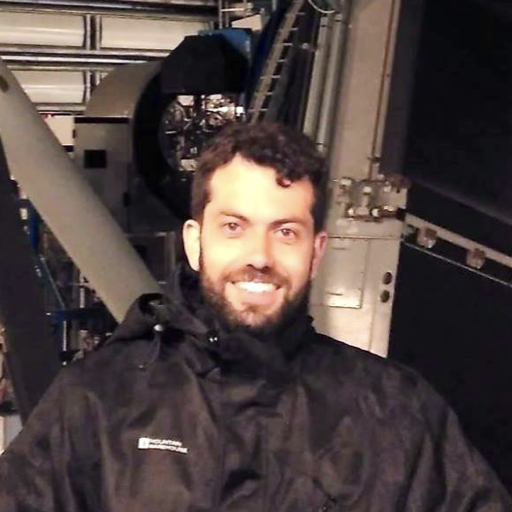
Fernando Buitrago Alonso
| AREA | RESEARCH GROUP | |
|---|---|---|
| Astronomy | Mathematical Physics |
I studied Physics and Computer Engineering at the University of Salamanca. I did a master's degree in Astronomy at the University of La Laguna where I obtained a scholarship at the Instituto de Astrofísica de Canarias to do my PhD at the University of Nottingham. I then worked at the University of Edinburgh (Royal Observatory of Edinburgh) and the University of Lisbon (Institute of Astrophysics and Space Sciences). I was awarded the Spanish Astronomical Society Prize for the best thesis in 2012. I am the leader of the working group on low surface brightness structures at the future Euclid space telescope of the European Space Agency. And best of all, I have met fantastic people - with whom I am still in touch both professionally and personally - travelled to amazing places and discovered (marvelling along the way) a lot of Universe in this time.
My work is now divided into two fronts, which seem separate but are complementary. On a curious note, I use images from the Hubble Space Telescope for both, and I am in early science programmes for its successor, the James Webb Space Telescope. On the one hand I study the most massive galaxies in the Universe, those that gravitationally dominate all others and form the centres of galaxy clusters and superclusters. On the other hand, I study the low brightness limit of galaxies, their peripheral zones, the limits of their stellar discs and halos. These places show us the mergers with smaller galaxies and so I can see how these objects assemble over time. This is also how I give sizes to galaxies based on where the stars cease to exist. This, which sounds simple, requires a lot of computational power, which I achieve using Artificial Intelligence and Big Data methods. For this I have the invaluable help of my collaborators at the UVa School of Computer Science (Benjamín Sahelices), at Telefónica I+D (Javier Rodríguez and Matteo Salvatori) and all the others I have distributed around the world.
My vision is to achieve in the future a strong international observational astronomy and astrophysics group at the University of Valladolid, applying the latest computer techniques to understand how galaxies - the building blocks of our Universe - evolve through space and time.

